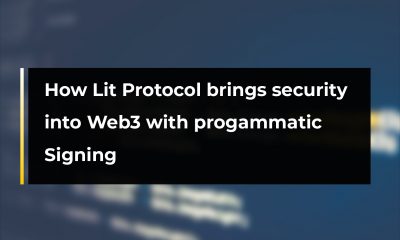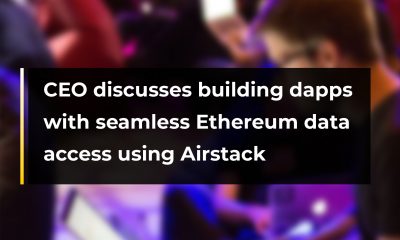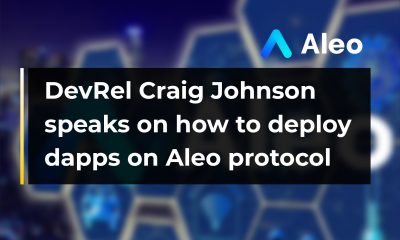FEATURED
How Hyperlane is tackling the interoperability challenge in Web3

The growing diversification of blockchain infrastructure and developers’ adoption of various chains for different purposes highlights the necessity for a more adaptable approach to bridging these chains.
As traditional protocols and bridges can’t keep up with this diversity, users, and developers are exploring new and different infrastructure layers, in order to make interoperability easier.
To address this long standing issue of interoperability, Hyperlane is working on a solution that aims to provide developers with a uniform and consistent interface.
This means that regardless of the specific blockchain or technology they are working with, developers can simply access various blockchains, simplifying their work and promoting interoperability. Presenting this solution at EthGlobal, in New York, was York Rhodes, founding engineer of Hyperlane.
He explained that the concept called “Permissionless Interoperability” heralded by Hyperlane breaks away from the traditional service-oriented approach of seeking permission to connect your chain via an interoperability protocol.
In this new design, developers have the freedom to deploy the protocol themselves while bringing their security preferences into play.
Hyperlane has modularized its protocol to allow users to extend it to various Virtual Machines and chain architectures.
Understanding the Hyperlane Protocol
Describing the protocol, he said that Hyperlane separates the transport layer from the application layer, offering a consistent, simple interface for developers.
This on-chain smart contract API allows builders to send messages to different chains without the need for multiple integrations.
The protocol automatically chooses the appropriate transport layer and even allows message recipients to specify their security preferences based on the value of the message.
He also noted that Hyperlane offers a token bridging solution, making it easy to move tokens between different chains.
Additionally, they provide a template application and UI for a full-stack solution, making it accessible for developers to interact with the protocol on various Virtual Machines.
Interchange accounts and queries
Rhodes added that builders can access interchange accounts in Hyperlane. These are smart contracts that hold assets on another chain.
They serve as a bridge or connector between various blockchain infrastructures which allows for the transfer of assets and data across different chains.
Another advantage he mentioned was that the protocol simplifies data queries. The protocol achieves this by offering a user-friendly API that allows developers or users to easily retrieve information from remote networks.
Therefore, Hyperlane users can easily request and receive data from networks that are not directly connected to their own.
This simplification of queries enhances the overall user experience and accessibility of information from different sources or networks.
Speaking about Hyperlane’s goals, Rhodes said that it is to simplify the developer experience and foster a network effect by making it accessible to other chains and VMs.
Read also; Head of Blockchain Relations discusses Biconomy SDK possibilities for developers
























